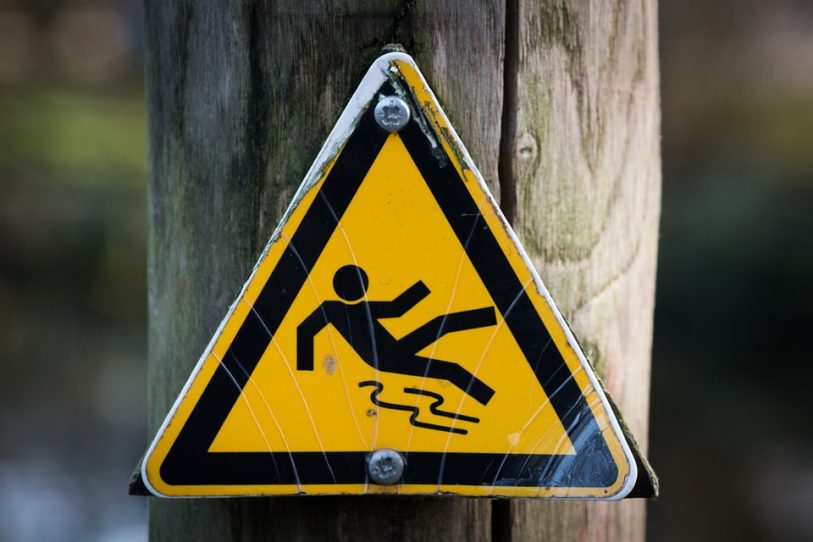Risk assessment is something we all do when we cross the road, drive a car or play our favourite sport. None of us want to be harmed as a result of these activities, so we make an unconscious judgement about whether or not we believe we will be. If we didn’t naturally do this, or choose to ignore this information, then we are more likely to get hurt as a result.
Although risk assessments in daily life are important, they are even more essential in the workplace. With multiple employees, equipment and activity happening in one place, the risks of injury are higher and therefore the consequences are greater. To protect employees and manage the health and safety of your business, you need to complete a full risk assessment.

Why Businesses Need Risk Assessments
Risk assessments are an ABSOLUTE LEGAL REQUIREMENT in the work situation.
If there are five or more employees, including the manager and part-time staff, the risk assessment must be written down. With less than five employees it is much more likely that information can be passed to everyone who needs it with a simple discussion.
Many people think of a risk assessment as a very daunting task but it doesn’t have to be. All you have to do is think about what might cause harm to people, and then decide what further control measures can be put in place to reduce this risk. Although it might take some time, when done, risk assessments are valid until something changes.
How to Do a Basic Risk Assessment
You don’t have to be a health and safety expert to carry out a risk assessment. However, the person who carries out the task does need to be experienced and competent to do so. To complete your own risk assessment, you need to think about:
- What are the things that could go wrong?
- Who could be affected?
- How likely are things to go wrong?
- What can be done to stop them going wrong or reduce the consequences?
- Have checks been carried out to be sure that the controls were effective?
Put simply, PLAN.. DO.. CHECK.. ACT!
- Plan for what you expect to happen
- Do the task
- Check that the task was completed as planned
- Review your plan, amend if necessary and repeat steps 1 to 4
For some work-related activities, there are more detailed legal requirements for assessing risk. The important ones you are likely to come across are:
- Risks from chemicals (COSHH)
- Risks from Asbestos
- Risks from lifting and moving things by hand (Manual Handling)
- Risks from office equipment
- Risk from Fire (Fire Risk Assessment)
- Risks from Powered Tools (PUWER)
Remember, some of the tasks you perform, like ladder work, may not have their own set of regulations but best practice could be buried inside other regulations.
Hopefully, now you’ll see the importance of completing a risk assessment. With the penalties for failing to carry one out being quite strict, it is also good practice to review them regularly and to record them for future inspections. Now is the time to take on this task, so be smart, be safe and take action!
If you would like more information about Risk Assessments, please don’t hesitate to contact us.
07921 278986
Check out our other Health & Safety blogs:
- The Hidden Dangers of Asbestos
- Successful Workplace Fire Drills: The Ultimate Guide
- European Six Pack: The ‘Bare Essentials’ of Health and Safety
* DISCLAIMER: ALL INFORMATION AND ADVICE IS GIVEN TO STRESS THE IMPORTANCE OF HEALTH AND SAFETY. WE CANNOT ACCEPT ANY RESPONSIBILITY FOR YOUR SUBSEQUENT ACTS OR OMISSIONS. IF YOU HAVE ANY DOUBTS QUERIES OR CONCERNS, YOU SHOULD REFER TO THE RELEVANT REGULATIONS AND TAKE FURTHER PROFESSIONAL ADVICE*
